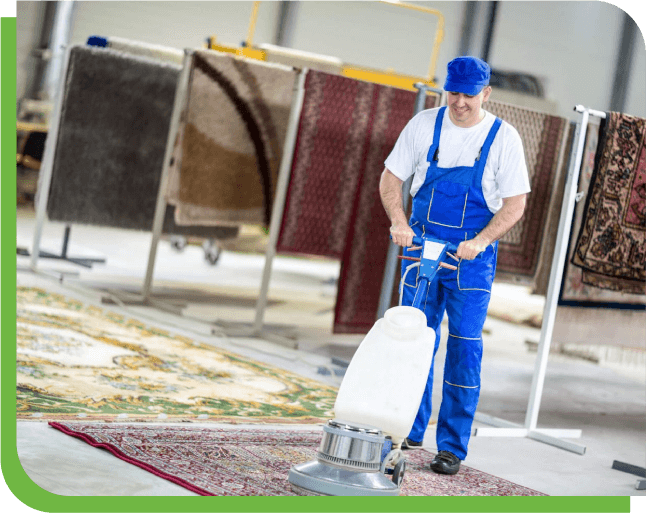In the elaborate dancing of partnerships, where emotions intertwine and connections grow, one aspect stands out as a powerful stimulant: humor. It’s the common chuckle, the unforeseen laugh, and the knowing smile that can change average moments right into treasured memories. While the concept of perfectly lined up senses of wit might feel like an elusive perfect, the reality is even more nuanced and flexible according to https://www.thecoffeemom.net/how-to-bounce-back-to-dating-after-a-divorce/.
It’s easy to feel overloaded by the idea of discovering somebody whose comedic perceptiveness mirror your very own. After all, wit is subjective, varying hugely from person to person. One companion might revel in the sharp wit of sarcastic exchange, while another locates happiness in the easy joy of tacky word play heres. Nonetheless, real stamina of humor in a relationship exists not in similar preferences, but in the capacity to value and value each other’s distinct comedic perspectives. Research indicates that shared humor, even if not flawlessly matched, plays a significant function in reinforcing psychological bonds according to https://attireclub.org/2017/02/02/finding-your-love-online-a-few-myths-and-a-couple-of-tips/.
Think of humor as a social adhesive, binding individuals via shared experiences of laughter. Sitting around a dinner table, trading amusing anecdotes, and emerging in collective giggling creates a sense of belonging and connection. This vibrant translates seamlessly into enchanting connections. Couples that participate in playful small talk and shared giggling cultivate a deeper understanding of each other’s emotional landscape. By browsing the subtleties of humor with each other, they boost their emotional intelligence and reinforce their connection.
The spectrum of wit is substantial and differed, ranging from the dark and ridiculing to the lighthearted and slapstick. Each type resonates in different ways based upon specific experiences and point of views. A joke that evokes a roar of laughter from a single person could leave one more totally unmoved. This variety underscores the significance of open communication and common respect within a relationship. When partners put in the time to understand each other’s funny preferences, they produce a secure space for laughter and vulnerability.
The advantages of integrating humor right into a relationship expand past simple enjoyment. Giggling releases endorphins, which have mood-boosting and stress-reducing effects. It can diffuse tension, relieve dispute, and promote a sense of affection. Shared laughter produces a shared history, a collection of inside jokes and lighthearted minutes that come to be indispensable to the relationship’s narrative.
Whether it’s sharing an amusing meme that completely envelops a common experience or taking part in witty witticism over supper, instilling your relationship with wit can considerably enhance its quality. It’s about creating a lively environment where both companions really feel comfortable revealing themselves and linking on a much deeper degree. Giggling functions as a bridge, attaching hearts and minds, and reinforcing the foundation of the relationship.
Essentially, wit is an important component in the dish for a fulfilling and lasting relationship. It’s a tool for navigating life’s ups and downs, a source of pleasure and connection, and a testimony to the power of shared experiences. By embracing the diverse forms of humor and promoting a society of giggling, pairs can deepen their link and construct a relationship that is both durable and joyful.

